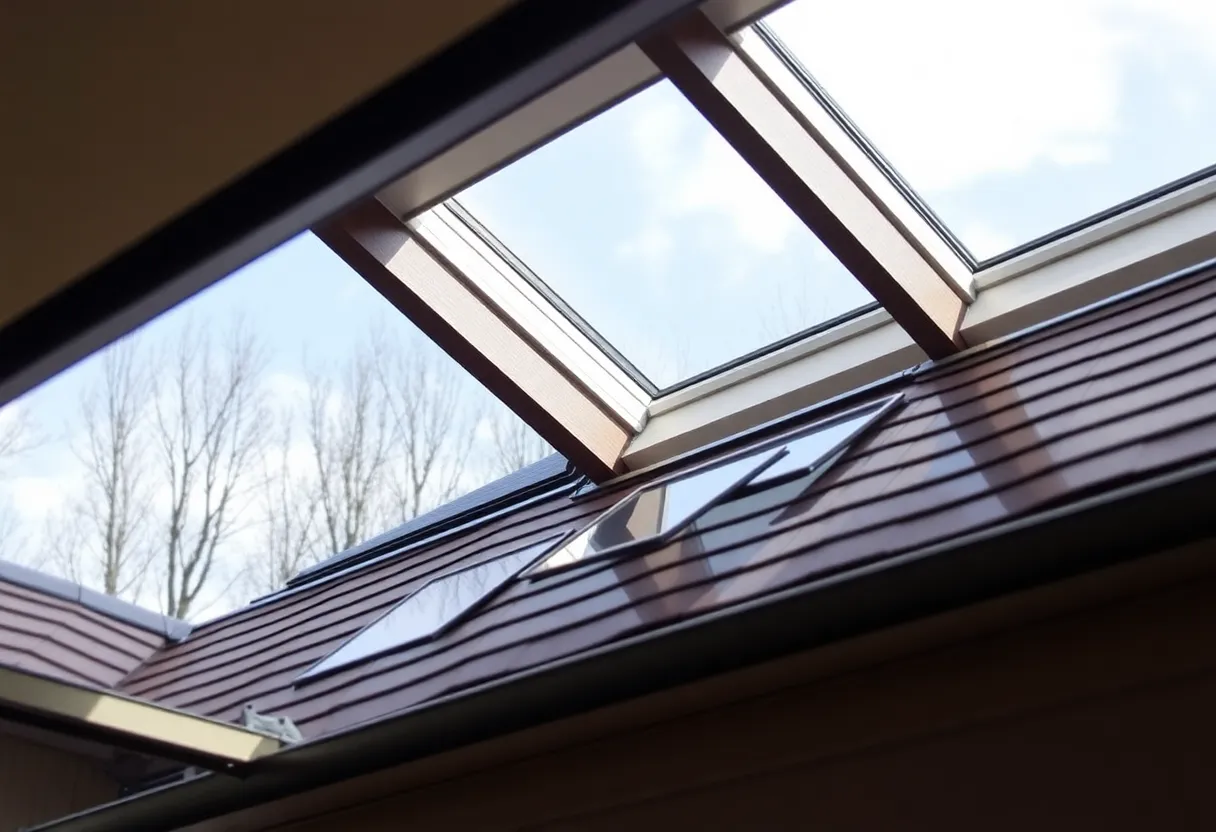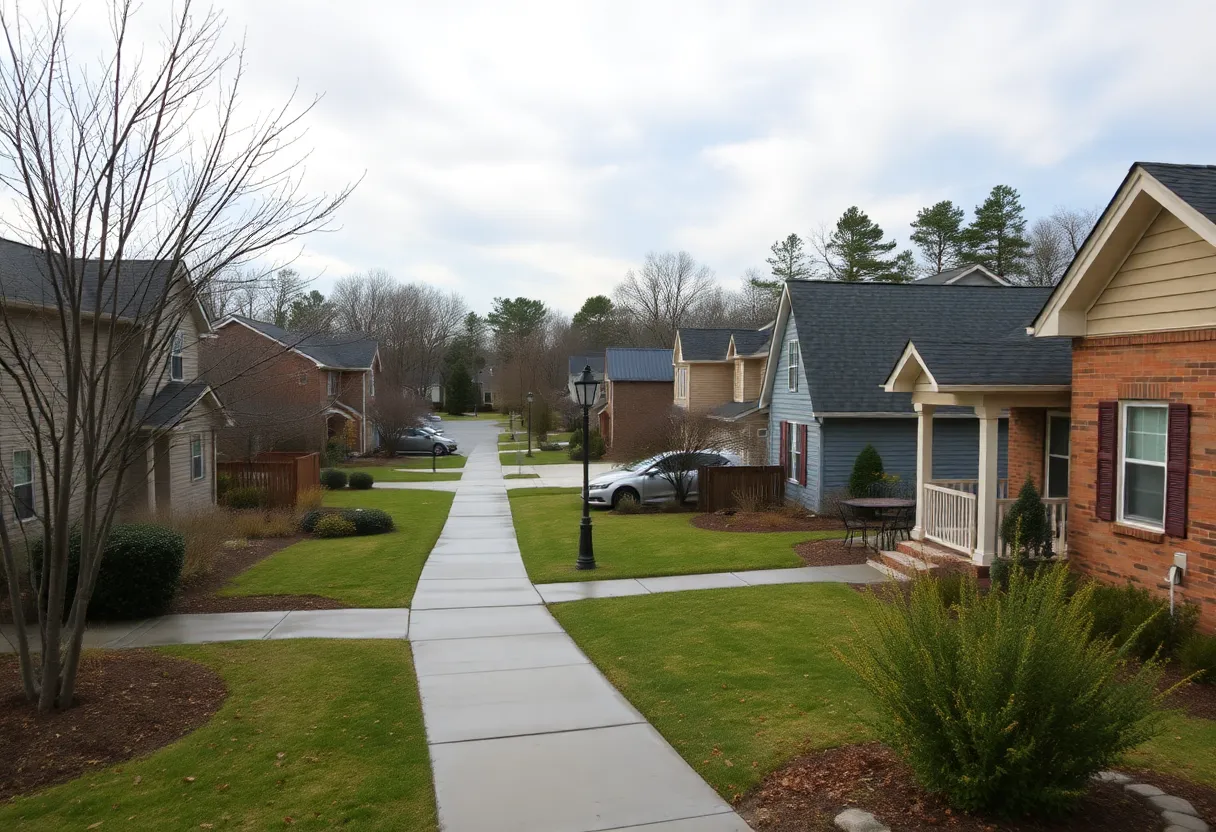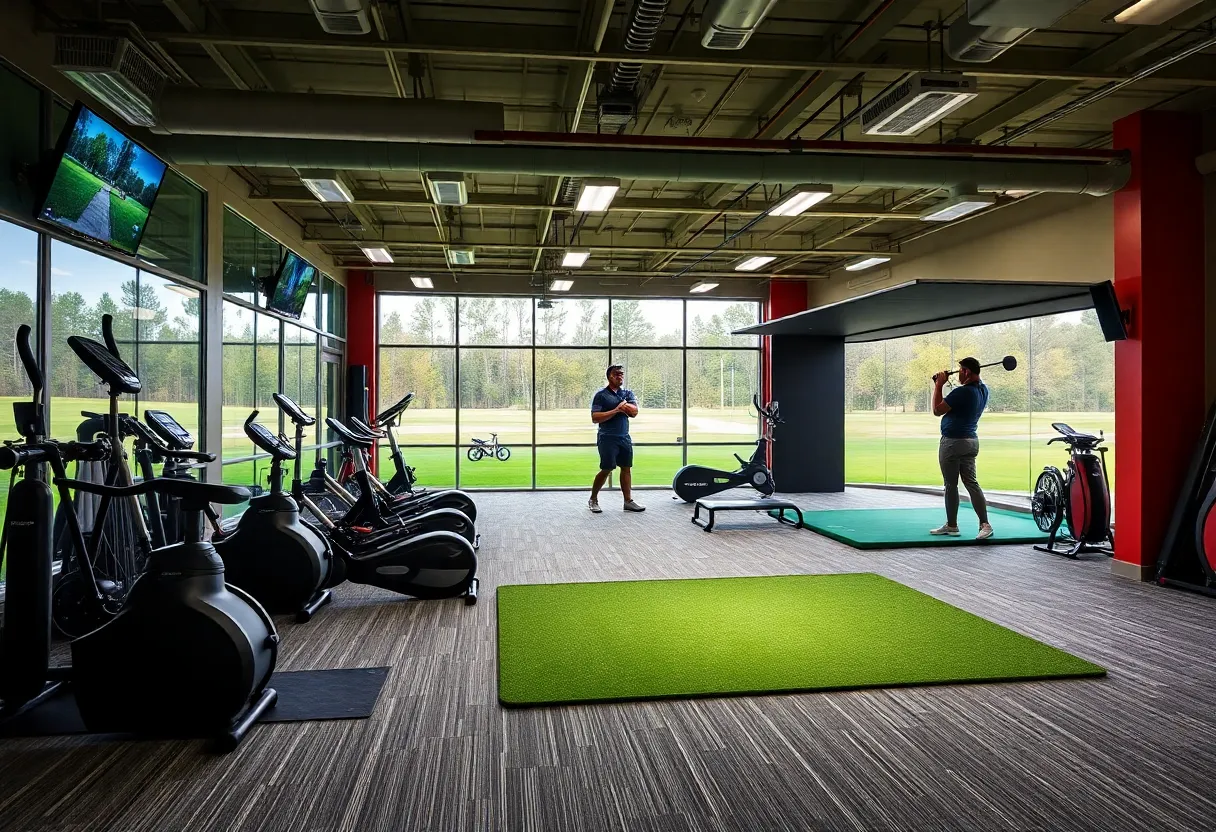How Do I Add Skylights to My Roof for More Natural Light?
Adding skylights to your roof is an effective way to brighten your interior spaces with natural light. Beyond aesthetic benefits, skylights can also increase ventilation and reduce reliance on artificial lighting. This guide outlines essential steps, considerations, and tips for integrating skylights into your roof design.
Understanding Skylight Benefits
Skylights serve multiple functions, making them a valuable addition to both residential and commercial spaces.
Natural Light Enhancement
One of the primary reasons for installing skylights is to enhance the natural light within spaces. Increased daylight can boost mood and productivity while reducing energy costs associated with lighting.
Ventilation
Certain skylight models are operable, allowing fresh air to circulate, which can help regulate indoor temperatures and improve air quality.
Energy Efficiency
By reducing the need for electric lights during the day, skylights can contribute to lower energy bills and a smaller carbon footprint.
Choosing the Right Skylight
Before installation, selecting the appropriate type of skylight for your needs is crucial.
Types of Skylights
1. **Fixed Skylights**: These are non-operable and primarily serve to bring light into a space.
2. **Ventilating Skylights**: These can be opened to allow air circulation. They are particularly beneficial in areas prone to humidity.
3. **Tubular Skylights**: These are small, cylindrical skylights that can redirect light into spaces without direct roof access. They are ideal for hallways or closets.
Materials and Construction
Skylights are typically made from glass or acrylic, with each material offering distinct advantages. Glass skylights tend to be more durable and offer better insulation, while acrylic options are lighter but may scratch more easily.
Planning Your Skylight Installation
Once you’ve selected a skylight type, thorough planning is essential.
Site Assessment
Conduct an assessment of your roof. Ensure it is structurally sound and capable of supporting the new skylight. Consider factors such as:
– **Roof Pitch**: Different pitches may require specialized skylight models.
– **Overhead Obstructions**: Avoid placing skylights where tall trees or other structures may cast shadows.
– **Building Codes**: Check local regulations regarding skylight installation.
Placement and Spacing
Consider the optimal placement of skylights. Position them to maximize light without causing glare or excessive heat buildup. Generally, installing skylights at varying heights can minimize obstructions and distribute light evenly.
Gathering Tools and Materials
Before starting the installation, gather the necessary tools and materials:
– **Skylight Kit**: Comes with all required components.
– **Measurement Tools**: Tape measure and level.
– **Cutting Tools**: Circular saw and utility knife.
– **Fastening Materials**: Nails or screws, and roofing adhesive.
– **Safety Gear**: Gloves, goggles, and harnesses if working at height.
Installing the Skylight
Follow the steps outlined below for a successful skylight installation.
Step 1: Prepare the Roof
Check your roof and clear any debris where the skylight will be installed. Ensure that the work area is safe, and set up scaffolding for easier access if needed.
Step 2: Mark the Location
Using your measurement tools, mark the desired placement on the roof. Ensure the location aligns with any interior plans.
Step 3: Cut the Opening
Carefully cut an opening in the roof based on your marked area. Use a circular saw for precise cuts. Make sure to create a hole larger than the skylight’s frame for easy installation.
Step 4: Install the Skylight Frame
Place the skylight frame into the prepared opening. Apply roofing adhesive and secure the frame using nails or screws according to the manufacturer’s recommendations.
Step 5: Waterproofing
It is essential to waterproof the installation. Apply flashing around the edges to prevent leaks. Overlap the flashing with the roofing material to ensure that water flows away from the skylight.
Step 6: Seal and Finish
Once the skylight is in place, apply a sealant around the edges to secure the waterproofing further. Finally, reinstall any roofing materials removed during the process.
Post-Installation Considerations
After installation, take time to evaluate the effectiveness of your new skylights.
Inspection
Conduct a thorough inspection to ensure all components are secure and functioning correctly. Check for any signs of leaks around the installation area.
Maintenance
Regular maintenance is essential for prolonging the life of your skylights. Clean the glass regularly to maximize light entry. Inspect seals and flashing periodically to catch any potential issues early.
Conclusion
Adding skylights to your roof can significantly improve the natural lighting in your home or office, creating a more pleasant and productive environment. By carefully considering your options, planning your installation, and following best practices, you can successfully brighten your space.
Whether you choose to install them yourself or hire professionals, skylights represent an investment in both your property and your well-being.
Author: STAFF HERE Chapin
CHAPIN STAFF WRITER The CHAPIN STAFF WRITER represents the experienced team at HEREchapin.com, your go-to source for actionable local news and information in Chapin, Lexington County, and beyond. Specializing in "news you can use," we cover essential topics like product reviews for personal and business needs, local business directories, politics, real estate trends, neighborhood insights, and state news affecting the area—with deep expertise drawn from years of dedicated reporting and strong community input, including local press releases and business updates. We deliver top reporting on high-value events such as the Chapin Christmas Parade, Fourth of July Celebration, and the Chapin Fall Festival. Our coverage extends to key organizations like the Chapin Chamber of Commerce and the Lexington School District One, plus leading businesses in retail and recreation that power the local economy such as Lake Murray Tourism and the Chapin Visitor Information. As part of the broader HERE network, including HEREaiken.com, HEREbeaufort.com, HEREchapin.com, HEREcharleston.com, HEREclinton.com, HEREcolumbia.com, HEREgeorgetown.com, HEREgreenwood.com, HEREgreenville.com, HEREhiltonhead.com, HEREirmo.com, HEREmyrtlebeach.com, HEREnewberry.com, HERErockhill.com, HEREspartanburg.com, HEREaustin.com, HEREcollegestation.com, HEREdallas.com, HEREhouston.com, and HEREsanantonio.com, we provide comprehensive, credible insights into South Carolina's dynamic landscape.




 Mays Contracting
Mays Contracting

